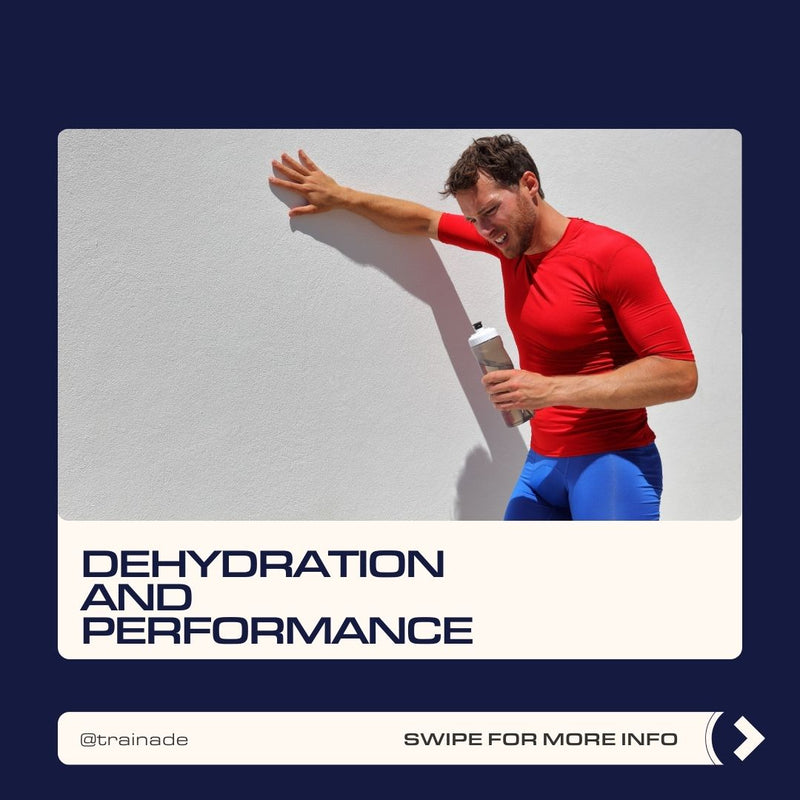Depending on where you live, heat illness may not be on your radar right now. But as temperatures begin to rise, it is important to understand the potential risks and symptoms of heat illness, as well as how to avoid it.
What Is Heat Illness?
When we exercise, our body produces energy in order to move, with a by-product of this conversion being heat. Although the human body is exceptionally good at ensuring that we are adequately cooling our internal temperature through sweat, hot and humid environments, as well as exhaustion and dehydration can lead to our body not being able to effectively cool itself. This inability to cool ourselves can lead to a rise in body temperature and therefore cause heat illness.
Heat illness can be defined into 3 major categories: Hyperthermia, Heat Exhaustion, and Exertional Heat stroke.
The most prevalent form of heat illness is heat exhaustion. Heat exhaustion can be characterised by feelings of fatigue and is caused by prolonged exposures to high temperatures, especially when combined with high humidity and strenuous activity. Heat exhaustion generally is a milder form of hyperthermia and will occur when an individuals core temperature is elevated, but still below 40°C. Athletes experiencing heat exhaustion can rapidly recover with support, rest, adequate hydration, and being out of the heat.
Hyperthermia, which is an abnormally elevated body temperature, is defined as an internal body temperature of 40°C or above and is a more extreme form of heat exhaustion. Hyperthermia can be characterised with symptoms of fatigue, inability to continue exercising, and difficulty thinking. Importantly, hyperthermia can be life threatening and should be treated immediately with the help of a medical professional.
Exertional heat stroke (EHS) is the last type of heat illness and although there is not a universal definition, it is generally accepted that heat stroke can be diagnosed by a body temperature above 40°C as well as feelings of confusion, vomiting, or central nervous system dysfunction. If symptoms of heat stroke are present, medical help should be sought after immediately.
Should You Be Concerned About Heat Illness?
Whether you are an athlete, parent, or coach, heat illness should be on your radar. Unfortunately, heat illness is one of the leading causes of death in college and high school athletes. Being able to avoid, identify, and appropriately respond to heat illness is critical.
How Can You Prevent Heat Illness?
Heat illness can be avoided by adhering to the following: Modifying exercise during hot days, maintaining adequate hydration, avoiding exertion in the heat when ill, understanding early signs of heat exhaustion.
Because heat Illness occurs when we are unable to effectively cool ourselves, it makes sense to modify training on extremely hot days as well as modify exertion when we are ill and unable to adapt to training as effectively as when we are in prime condition.
Adequate hydration also plays a vital role in our bodies ability to cool ourselves. When we are dehydrated, our body will naturally try and preserve fluid to prevent further dehydration. Because of this, training intensely in hot conditions when dehydrated could cause heat illness. Sipping on fluids regularly and replacing electrolytes lost in sweat will help prevent dehydration.




